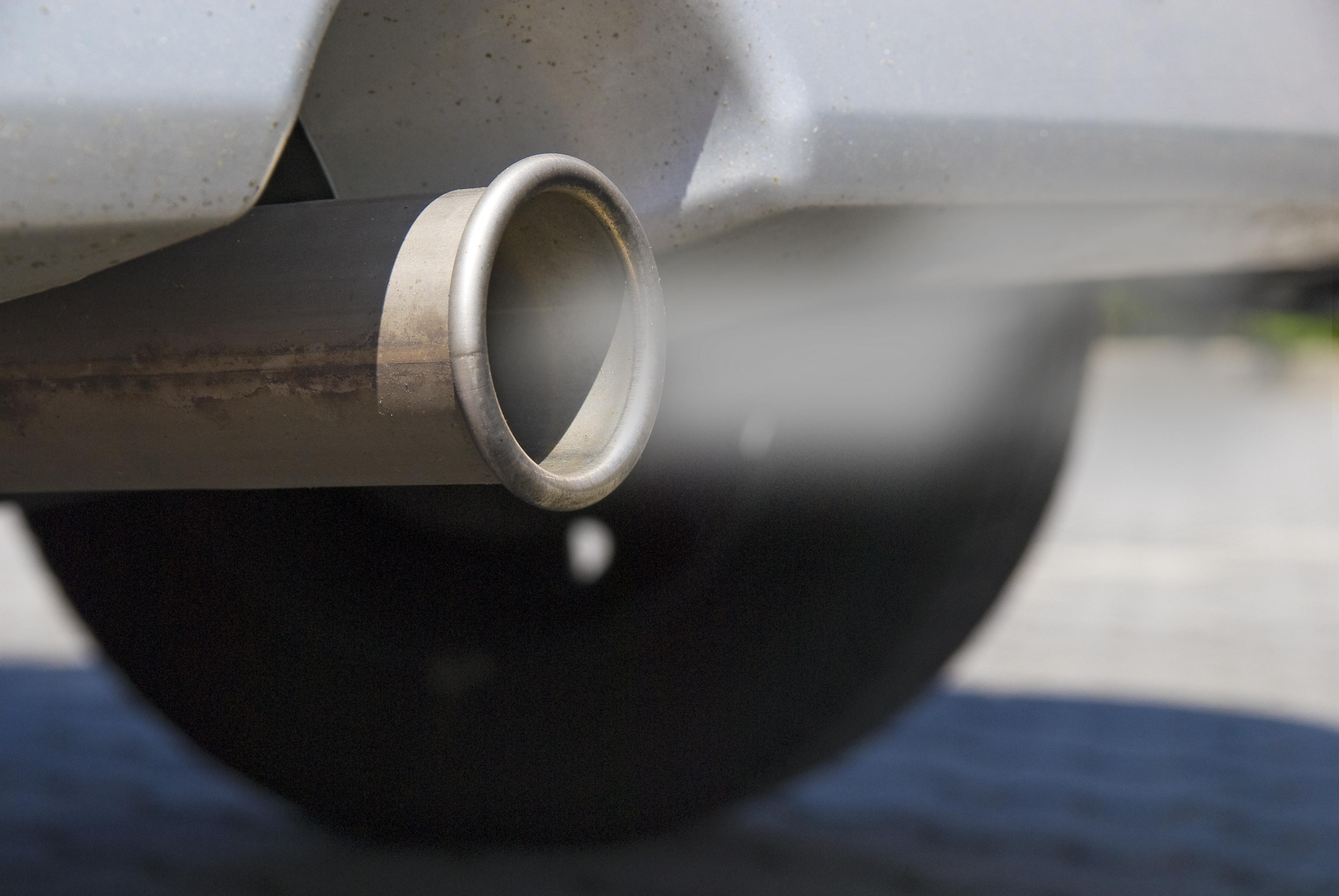
According to the World Health Organisation (WHO), air pollution causes three million deaths each year, making it a bigger killer than the human immunodeficiency virus (HIV) and malaria combined. But while the number of malaria deaths globally has been halved since 2000, and HIV mortality has fallen 35% since 2005, the number of premature deaths due to air pollution is forecast to rise to more than six million by 2050.
In the UK, around 40,000 people are estimated to die each year due to respiratory and cardiovascular conditions caused by exposure to toxic substances in the air. The associated healthcare costs are in the tens of millions of pounds.
Increasing our understanding of air pollution’s impact
The ways in which air pollution statistics are reported and presented can be confusing. As a result, many people do not always make the links between poor air quality and ill health.
Earlier this year, the Royal Society of Physicians’ (RSP) landmark report highlighting the impact of air pollution in the UK made a number of recommendations for improvement, including increased understanding of the health impacts of air pollution and better monitoring:
“We need better, more accurate and wider-ranging monitoring programmes so that we can track population-level exposure to air pollution. We also need to develop adaptable monitoring techniques to measure emerging new pollutants, and known pollutants that occur below current concentration limits. We must develop practical technology – such as wearable ‘smart’ monitors – that empower individuals to check their exposure and take action to protect their health.”
The pros and cons of compact air monitoring devices
A recent podcast from the United States National Institute of Environmental Health Sciences (NIEHS) looked at the potential and limitations of next generation air monitoring devices. The programme underlined that the low-cost devices are a long way from the air quality monitoring stations used by government agencies that have to meet rigorous quality requirements and are operated by skilled technicians.
Many of the emerging devices have not been fully tested. For example, it’s not clear how they will react under extreme temperatures. In addition, it’s important for the operators of low-cost monitoring devices to have a statistical plan for collecting and sharing data, and to be able to interpret the numbers.
At the same time, smart technologies are still in their infancy, and there are some concerns that “the internet of things” may actually contribute to environmental pollution.
However, the NIEHS podcast observed that the compact air monitoring devices are useful for comparing levels of pollution in different locations, and they also have educational value in giving students first-hand experience of monitoring their environment.
The United States Environmental Protection Agency is working with developers of the new technologies to ensure that they meet required standards, and has also developed a toolbox for citizen scientists to provide information and guidance on new low-cost compact technologies for measuring air quality.
The Smart Citizen Kit
One example of these next generation gadgets is the Smart Citizen Kit, a compact monitoring device that measures the levels of air pollution, noise pollution and humidity in the vicinity of a home, school or office. The small box can be placed near a window and its sensors gather and submit data to a website that shares and compares data elsewhere, all in real time.
In 2014, The Waag Society – a Dutch institute for art science and technology – partnered with the Smart Citizen platform to conduct a pilot project using the Smart Citizen Kit in Amsterdam.
73 kits were installed at locations around the city, and participants were provided with helpdesk support during the trial. The project highlighted a number of operational and technical issues associated with the kits. Some of the equipment failed to work correctly, and there were problems in comparing data from different locations. While there is room for further development, the project’s success in engaging citizens to measure air pollution is a strong indicator that many people are keen to be directly involved in monitoring their own environment.
Air patrols
Closer to home, another innovative air quality monitoring device has taken flight. In March 2016, pigeons in London were fitted with lightweight sensors to monitor levels of nitrogen dioxide and ozone in the city. The air quality recorded by the sensors was sent to followers of the @PigeonAir Twitter account. The idea was the winning entry in a competition organised for the London Design Festival, and aimed to highlight the dangers of air pollution. Londoners are now being invited to wear the air quality monitoring devices to help build a real-time map of pollution across the city.
Final thoughts
In 2011, a parliamentary committee called for a public awareness campaign to drive air quality up the political agenda and inform people about the positive action they could take to reduce emissions and their exposure to these. It’s increasingly likely that emerging smart technologies for measuring air quality may have an important role to play in raising public awareness about the insidious dangers of air pollution.
If you enjoyed this post you may be interested in our previous commentary on environmental issues:
Coming up for air: tackling the toxic pollution in our cities
The positive paybacks of clearing the airThe positive paybacks of clearing the air
World Health Organization Air quality release: UK focus
An all-round approach: could the circular economy help the world turn the corner on climate change?
Biodiversity in the UK – it’s not just about habitat protection but how we live our livesBiodiversity in the UK – it’s not just about habitat protection but how we live our lives
Share
Related Posts
Supporting residents on the decarbonisation journey: leveraging data for effective retrofit projects
As the drive towards decarbonisation intensifies, the social housing sector’s ability to collect, store and manage vast amounts of data becomes increasingly critical. With a shared goal of creating warmer, carbon-free homes, housing associations’ strategic use of data is essential ....
The recent spikes in energy costs have thrown into sharp focus the challenge of heating our homes. Domestic heating is important, not just for our comfort and wellbeing, but to reduce humidity and prevent condensation. But because traditional heating systems ....
By Ian Babelon A new-old concept for proximity “Are we there yet?” Parents may patiently nod to their children’s insistent nudges on a 20-minute journey to… somewhere. Quite rightly, researchers have asked: twenty minutes to what? The answer may well ....
By Sarah Perry At the end of June, GrantFinder attended The Chartered Institute of Housing’s annual conference, Europe’s largest housing festival. The event took centre stage at Manchester Central, bringing together industry experts, policymakers, and housing practitioners from across the ....
